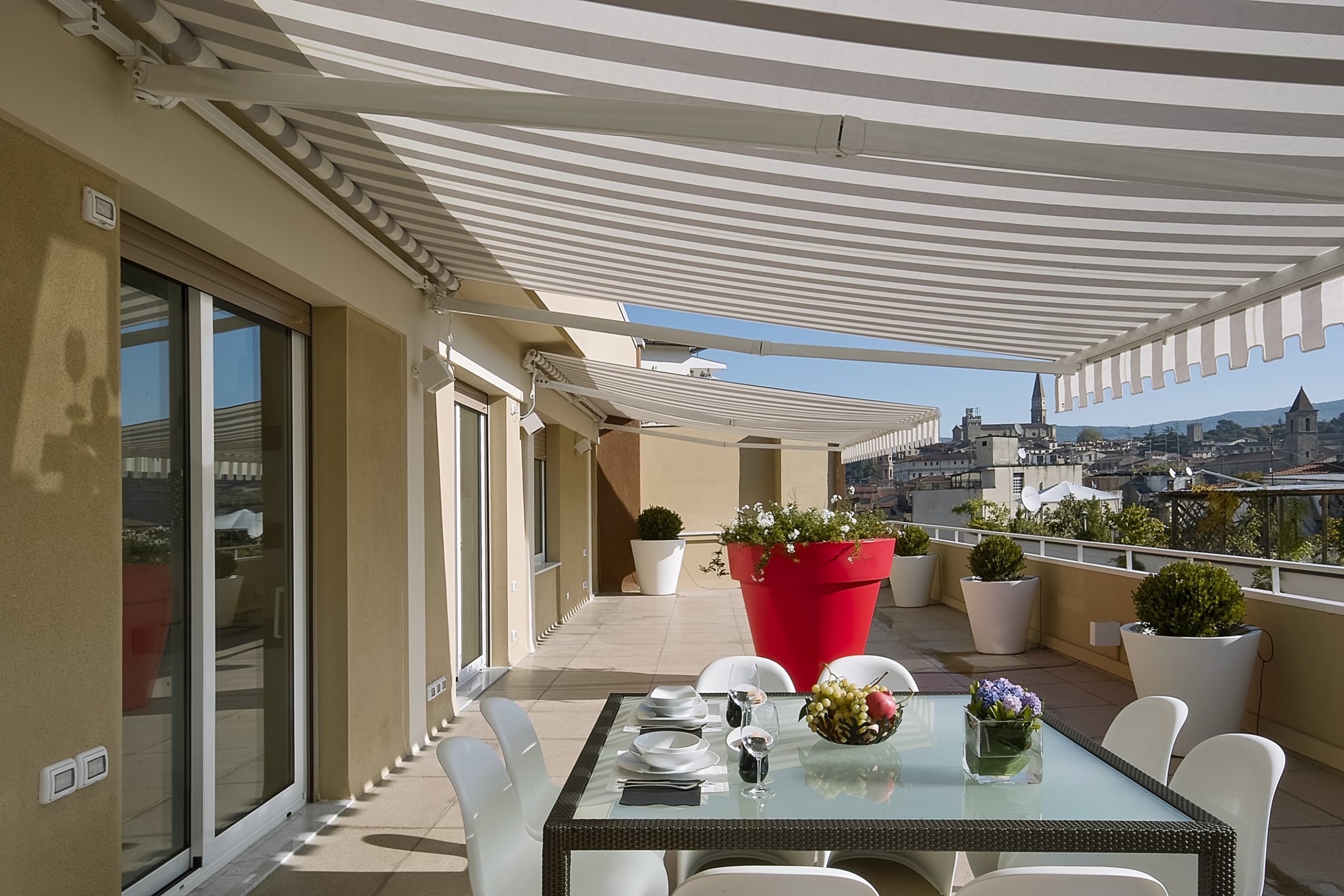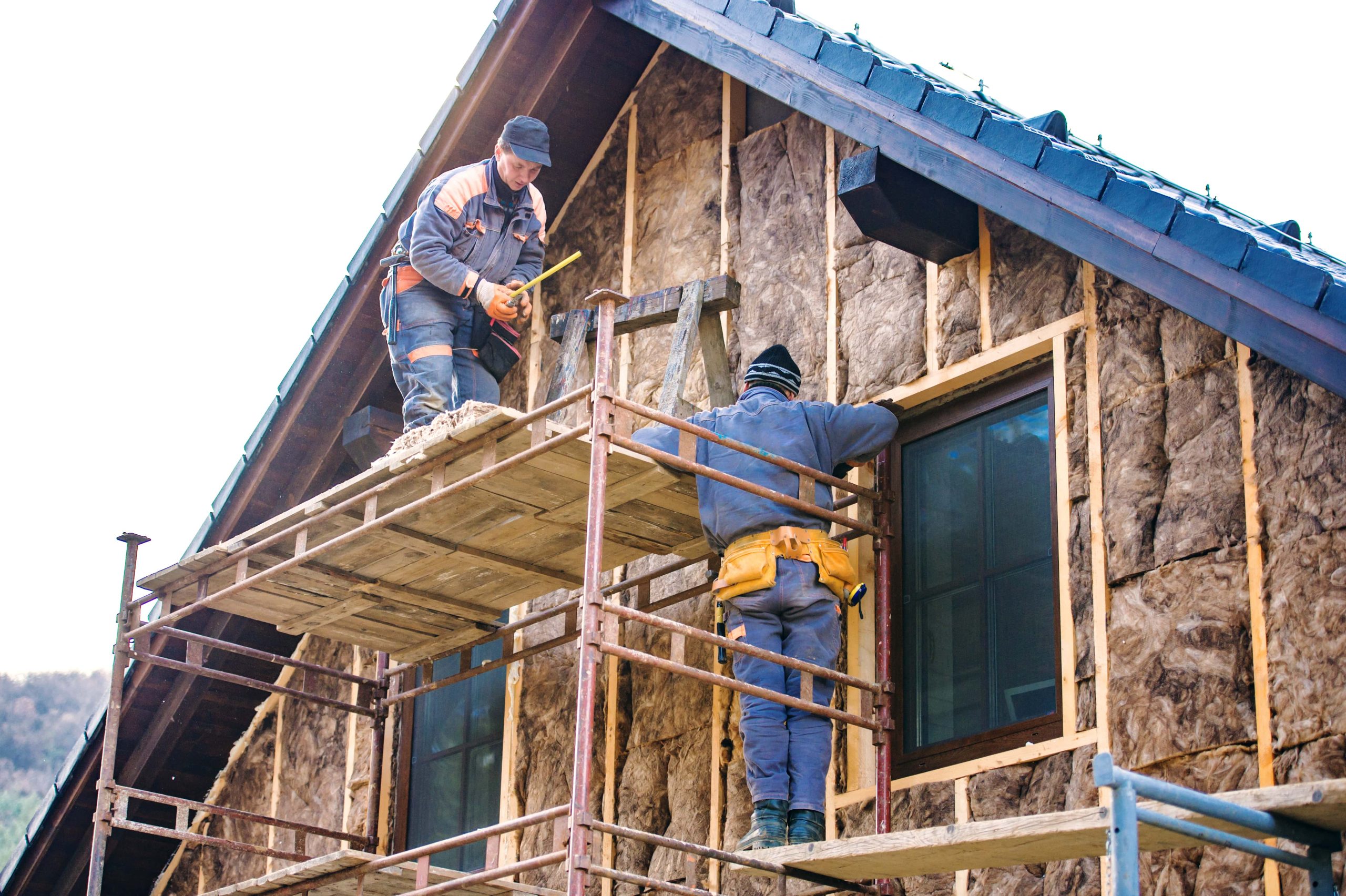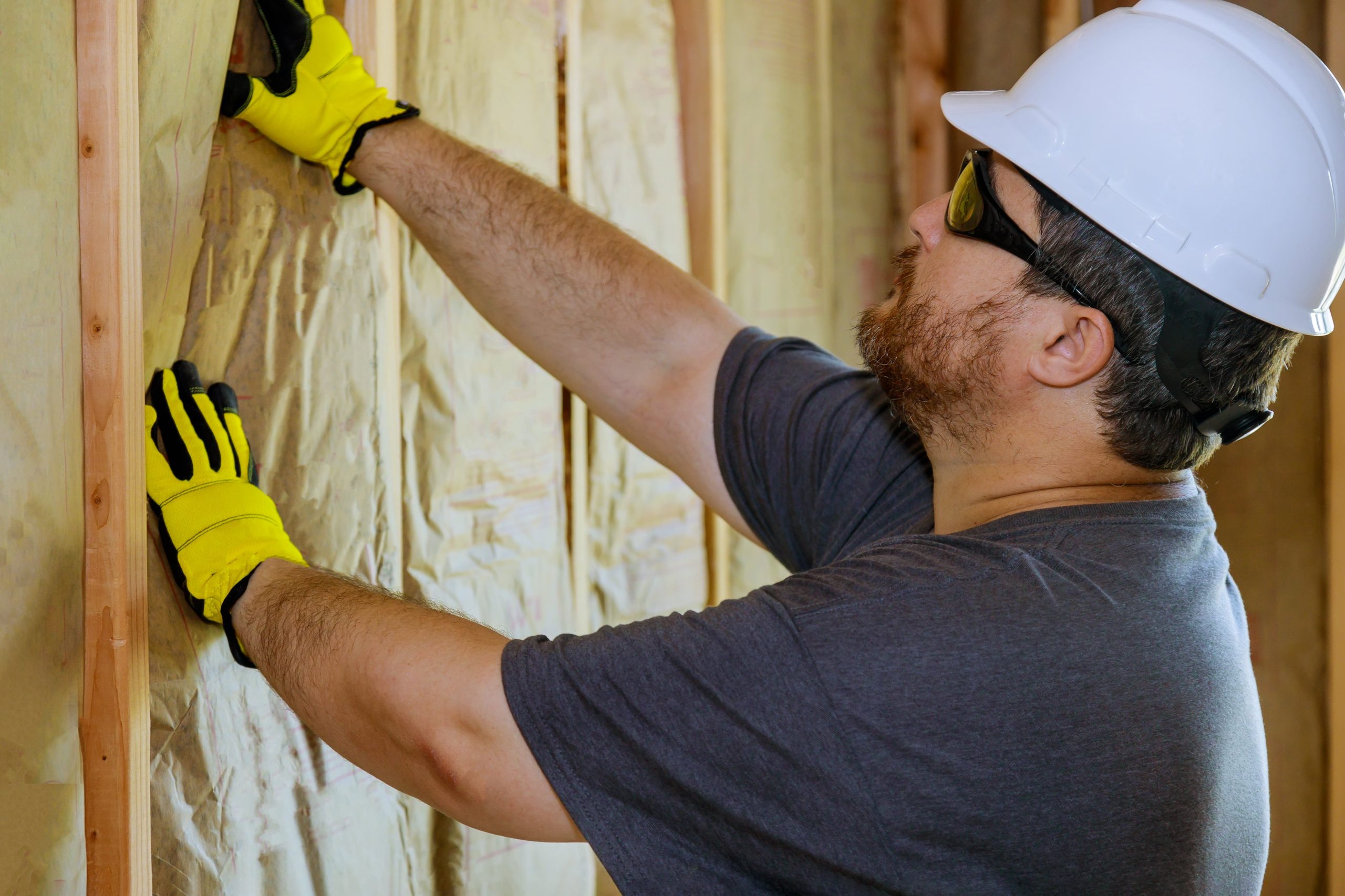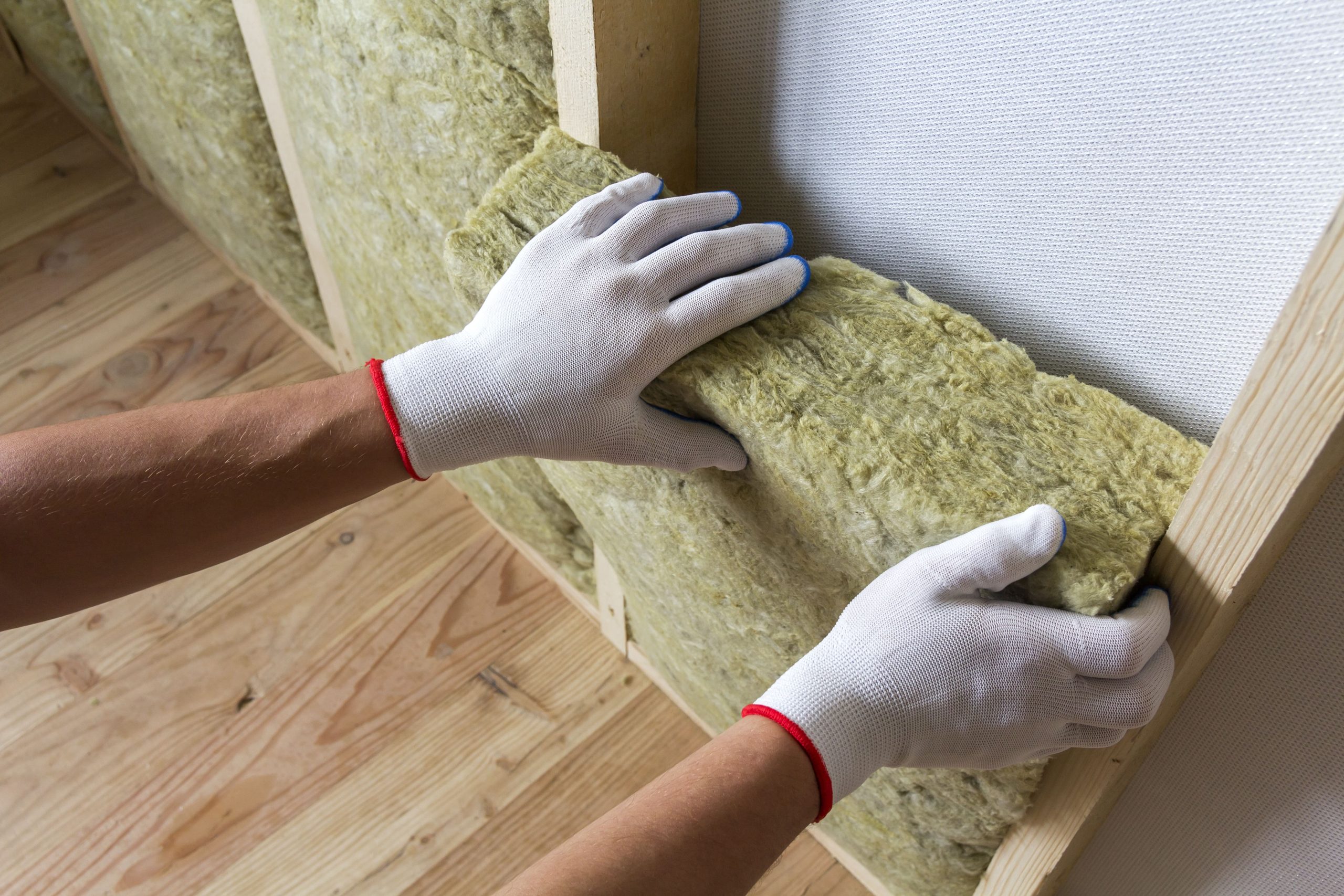Plexiglass, commonly known as acrylic, and polycarbonate sheets are two popular materials widely used in various applications due to their transparency and versatility. While they share some similarities, such as optical clarity, they differ significantly in terms of their chemical composition, properties, and ideal applications. Understanding the distinctions between plexiglass (acrylic) and polycarbonate sheets is crucial for selecting the most suitable material for specific projects. In this comparison, we’ll explore the key differences that distinguish these two transparent materials and their respective advantages in different applications.
Polycarbonat Sheet
Polycarbonate sheet is a durable and transparent material made from a thermoplastic polymer called polycarbonate. Known for its high impact resistance, optical clarity, and ability to withstand various temperatures, polycarbonate sheets are commonly used in construction, signage, greenhouse glazing, and other applications where both durability and transparency are essential.
Advantages
- High Impact Resistance: Virtually unbreakable, providing durability.
- Optical Clarity: Excellent light transmission for visibility.
- Lightweight: Easy to handle and install.
- Weather Resistance: Withstands a range of weather conditions.
- UV Protection: Often treated to block harmful UV rays.
- Thermal Insulation: Provides good insulation properties.
- Versatility: Easily molded for various applications.
- Flame Resistance: Exhibits a high level of fire resistance.
Disadvantages
- Scratching: Prone to scratches, requiring careful handling and maintenance.
- Cost: Can be more expensive than some alternative materials.
- Yellowing: Over time, exposure to sunlight may cause yellowing.
- Not UV Stable: Some polycarbonate sheets may not be UV-stable without additional treatment.
- Flammability: While flame-resistant, it may not be suitable for all high-temperature applications.
Plexiglass (Acrylic)
Plexiglass, commonly known as acrylic, is a transparent thermoplastic material derived from acrylic acid. It is characterized by its optical clarity, lightweight nature, and versatility. Plexiglass is used in various applications, including signage, protective barriers, aquariums, and as a substitute for glass due to its impact resistance. It can be molded into different shapes, providing a cost-effective and shatter-resistant alternative to traditional glass in numerous industries.
Advantages
- Optical Clarity: Provides excellent transparency and clarity.
- Lightweight: Significantly lighter than glass, making it easier to handle and install.
- Impact Resistance: Offers good resistance to impact and shattering.
- Versatility: Easily molded into different shapes for various applications.
- Cost-Effective: Generally more affordable than traditional glass.
- Weather Resistance: Resistant to weathering and UV exposure.
- Color Options: Available in various colors and finishes.
Disadvantages
- Scratching: Prone to scratches and abrasions, requiring careful handling.
- Brittleness: While impact-resistant, it can be more brittle compared to polycarbonate.
- Cost: May be more expensive than other plastic alternatives.
- Chemical Sensitivity: Susceptible to damage from certain chemicals.
- Not UV Resistant: Can yellow or degrade over time with exposure to sunlight.
Where are Polycarbonate and Plexiglass used?
Polycarbonate and plexiglass (acrylic) find versatile applications in various industries. Polycarbonate’s exceptional impact resistance and durability make it a preferred choice in construction for skylights, roofing, and safety barriers. It is also commonly used in signage, greenhouse glazing, and automotive components. Plexiglass, known for its optical clarity and lightweight nature, is widely employed in signage, displays, and protective barriers in retail, offices, and healthcare settings. Plexiglass is favored for its use in aquariums, art installations, and architectural models due to its transparency and ease of shaping. Both materials, while sharing applications in signage and protective barriers, have distinct properties that cater to specific needs across construction, design, and manufacturing industries.
Popular Polycarbonate Products
- Construction: Used in skylights, roofing, and wall panels for its strength and impact resistance.
- Safety and Security: Employed for protective barriers, safety shields, and glazing in areas requiring impact resistance.
- Signage: Commonly used for durable outdoor and indoor signs.
- Automotive Industry: Found in headlights, windshields, and other components due to its lightweight and impact-resistant properties.
- Greenhouse Glazing: Provides excellent light transmission for plant growth.
- Electronic Components: Used in the manufacturing of various electronic and electrical components.
- Medical Applications: Utilized in medical devices and equipment requiring transparency and sterilizability.
Popular Plexiglass Products
- Signage: Plexiglass is commonly used in both indoor and outdoor signage due to its clarity and durability.
- Displays: Transparent displays and point-of-purchase displays benefit from plexiglass, adding a sleek and modern touch.
- Protective Barriers: In retail, offices, and healthcare settings, plexiglass serves as protective barriers, providing safety without sacrificing visibility.
- Aquariums: Plexiglass is often used in the construction of aquariums, providing a clear and durable alternative to glass.
- Artistic Installations: Artists and designers use plexiglass for sculptures, artistic installations, and architectural models due to its malleability and transparency.




